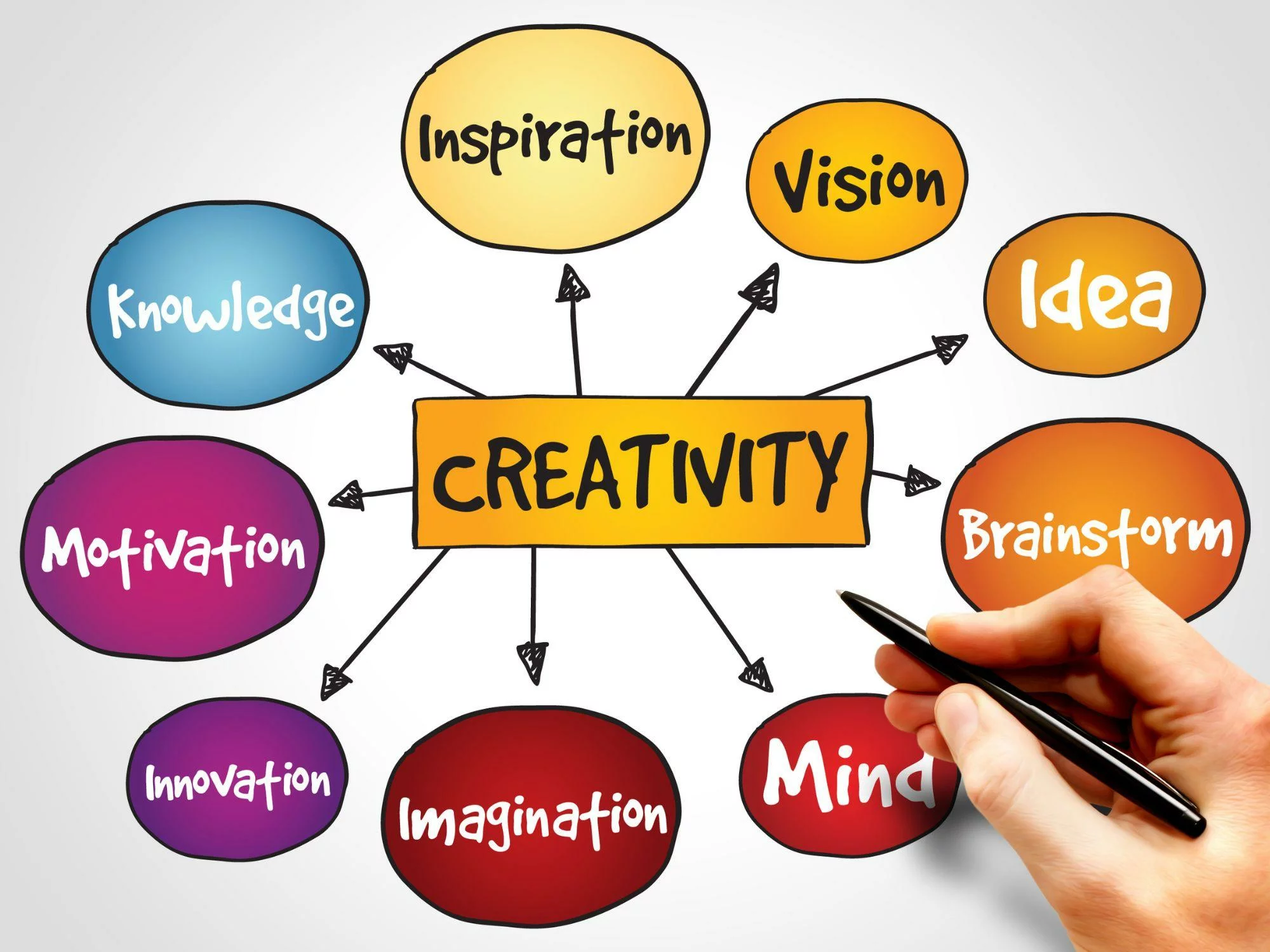As part of leadership, managing creativity to make a positive impact on productivity is always a challenge. We’ve been told that creativity is freedom, while productivity is a result of calculated constraints. This problem becomes evident in team meetings where multiple people’s input and creativity must be combined to find a solution. For a leader who lacks the skills to navigate creativity from a group, these meetings can be a nightmare.
So what can we do ?
Creativity can be found in your simple daily tasks through to ground-breaking scientific discoveries. There have been many definitions of creativity in literature and academia to define sudden bursts of brilliance.
Creativity is the process of change, of development, of evolution, in the organisation of subjective life (Ghiselin,1952)
Creativity is the forming of associative elements into new combinations which either meet requirements or are in some way useful (Mednick, 1962)
Creativity denotes a person’s capacity to produce new or original ideas, insights, inventions, or artistic products, which are accepted by experts as being of scientific, aesthetic, social or technical value (Vernon, 1989)
Creativity is imagination with responsibility (Sae Ra Kung, 2009)
These are some well-regarded definitions of creativity. The study of creativity uncovers patterns behind them, which become the tools we can learn to enhance our and our team’s creative productivity. Throughout history, methods of thinking have evolved and been taught. Ancient Greek philosophers like Socrates, Plato, and Aristotle demonstrated these methods, and serial entrepreneurs today continue to shape our world. These methods are the key to ensuring productivity through creative thinking.
In this article in an introduction of some of the creativity tools I have come across are:
- Various Types of Brainstorming
- Morphological Analysis
- Application of a range of Thinking Styles
- TRIZ
- SCAMPER
